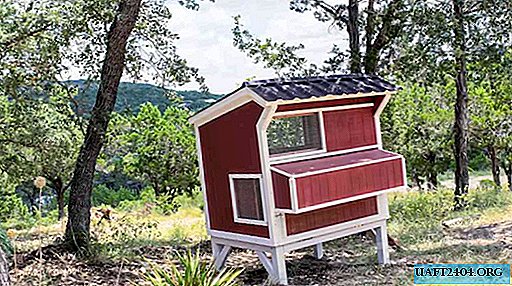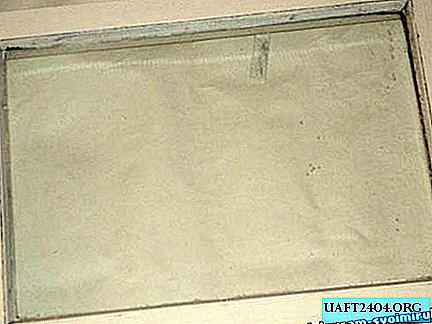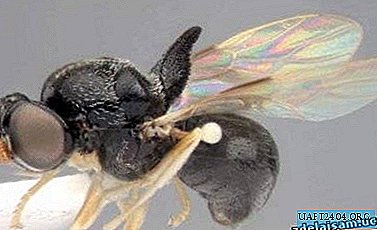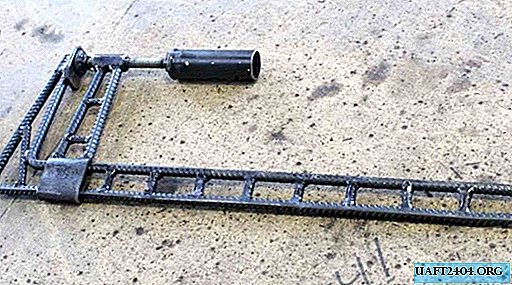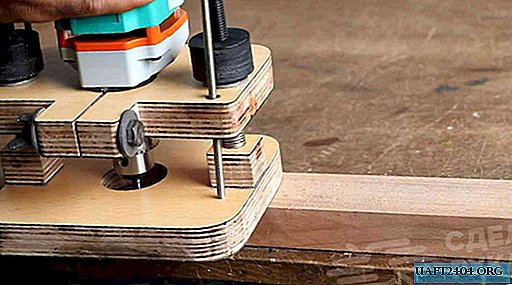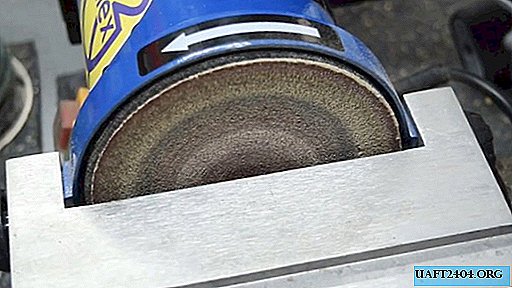Practical and very simple machine tool based on an electric drill. It is intended for processing wood and plastics: it allows cutting bars, boards, plywood, plexiglass and textolite, sawing slats and curly planks, milling grooves, grinding wood products, polishing surfaces, drilling holes, sharpening drills, chisels and other cutting tools. The small dimensions and weight of the machine, the simplicity of the device and its use make it suitable for school classrooms and carpentry workshops, laboratories of children's technical stations and houses of creativity.
The machine consists of a wooden base, a U-shaped bed, a fixed front and movable tailstock. Its drive is the IE1032-1 electric drill manufactured by the industry with a chuck for fixing drills with a diameter of up to 9 mm. The electric motor of the drill is powered by a voltage of 220 V, develops about 940 rpm.
The machine turns into a circular saw as follows. An electric drill is fixed in the bracket of the fixed front headstock. In her cartridge, one end of the mandrel is clamped, and the second is secured with the help of a tailstock and a rotating center. Install a lifting table with a movable ruler and a protective fence.

Fig. 1 Appearance of the drill machine - with a circular saw.

Fig. 2. The device of the drill machine with a circular saw:
1- wooden stand, 2- P-frame of the bed, 3- electric drill, 4 - stationary headstock, 5 - mandrel, 6 - lifting table, 7 - saw, 8 - safety fence, 9 - bracket with ruler, 10 - rotating center , 11 - the tailstock.
The presence of a movable and rotary ruler provides rectangular and oblique rails and bars. An elevating table facilitates the manufacture of corners, as well as slots and grooves in the bars. On the machine you can saw rails with a thickness of 2 to 50 mm and a width of 2 to 120 mm from both wood and plastic.
In the latter case, a milling cutter with a small tooth is used as a saw.
The circular saw can easily be converted to a wood lathe. To do this, remove the table and the mandrel, clamp the mandrel with teeth in the drill chuck, and fix the support for knives or chisels on the bed. At the same time, it is ensured that the upper part of the support angle is at the center of the tailstock.

Fig. 3 External view of the drill lathe.

Fig. 4. The device of the lathe from the drill:
1 - a tooth mandrel, 2 - a basic corner, 3 - an arm.
After setting up the machine, between the toothed mandrel and the rotating center, the wooden workpiece is firmly clamped, which is first prepared by turning with a semicircular chisel, and then machined with a beveled cutting part. During operation, make sure that the distance between the support and the part does not exceed 5 mm for the convenience of working with the tool.
As a lathe, it is possible to produce, for example, handles for tools, as well as turned parts of various configurations.
And finally, another transformation of the machine - in the drilling. For this, it is necessary to remove the supporting movable corner, the center and the gear mandrel; hold a drill in the drill chuck, and put a fungus in the tailstock instead of the center. The installation distance between the tailstock with the fungus and the drill must match the thickness of the part.

Fig.5. Appearance of a drilling machine from a drill.

Fig. 6. The device of a drilling machine from a drill:
1 - drill, 2 - fungus.
Source: F. Proksh and V. Shilov freeseller.ru

